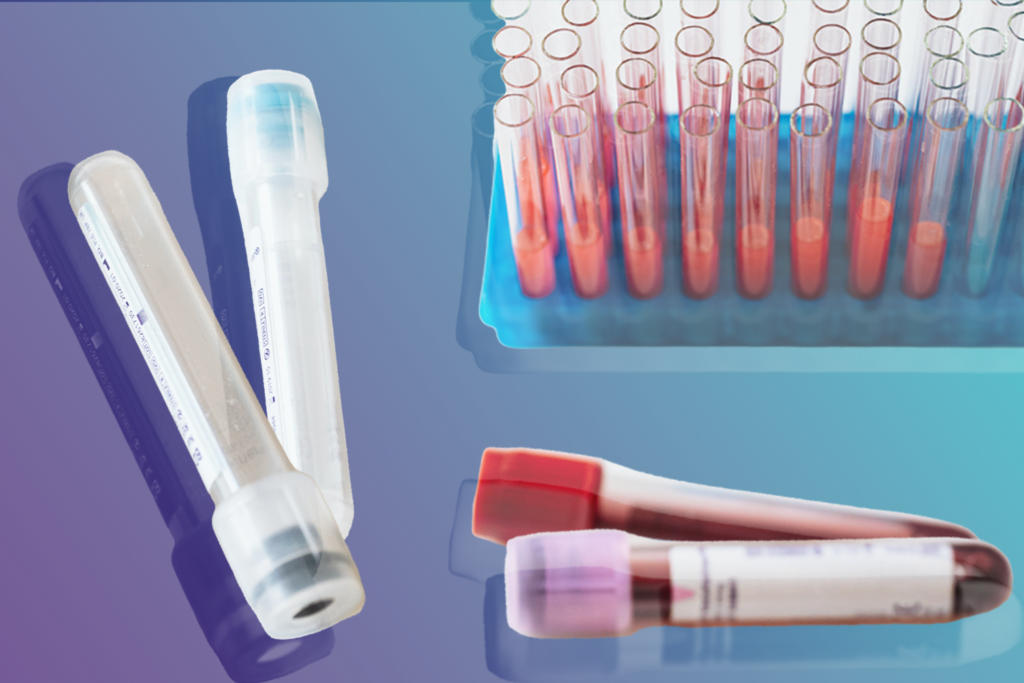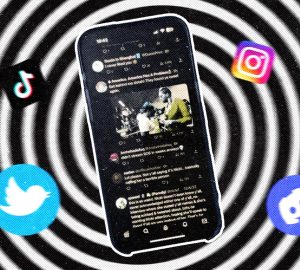
It isn’t news that American healthcare is in dire straits. It’s sad that the circus that is private healthcare has become the new normal. There is no promise that a person’s employer will provide adequate healthcare, if they offer insurance at all. Even those that are insured could end up among the 79 million Americans in medical debt. And this leaves uninsured Americans, which numbered around 31 million in 2020. Credit must be given where it is due, particularly to the Affordable Care Act, which increased the rates of insured Americans when it was originally signed into law. But one look at this broken system leaves a person feeling pretty hopeless about the situation.
I’m lucky to be insured through my mother’s employer – which is such a gloomy thing to say, that I’m one of the lucky ones to be granted health insurance by a faceless corporation – so I’ve gotten used to the fumbling around of finding providers that are included in my plan. I’m not proud of the fact that I still have not found the time to look into a new dentist and primary care physician since relocating to Atlanta, but isn’t that the position a lot of Americans are in? Putting off annual checkups because of overwhelming paperwork, copays, premiums and unexpected out-of-pocket payments. This is beside the fact that practices which accept your insurance may not even be taking on new patients. So now it’s been over a year-long limbo waiting for either the motivation to take on the dreaded task of sorting out doctor’s appointments or until, god forbid, a tooth falls out and I break a leg at the same time.
This hassle only concerns routine appointments and annual checkups to make sure my health is on the right track. In the case of a hypothetical emergency, say, dehydration from food poisoning, I would go to the closest hospital and hope my insurance covers most of it. Hopefully I wouldn’t be charged a ridiculous copay but even with insurance, it may very well be incredibly expensive as outlined in this article from NBC News. The hospital would most likely charge inflated amounts and send huge bills to the insurance company and the two would bounce back and forth on the tiniest, most inconsequential charges until adjusting to a reasonable-ish price for my bill.
This is what my friend wanted to avoid when she got food poisoning this past fall, which is why I ended up taking her to a local urgent care instead of a hospital. Urgent care facilities like the one we went to commonly serve uninsured people and many don’t even accept insurance, only opting for out-of-pocket payments from the patients themselves. My friend got an IV and a prescription for Zofran and her visit ended up costing $270. This is fine for a person with disposable income that doesn’t want the hassle of the hospital but what about the person that’s living paycheck to paycheck? When there is zero room for error, a trip to urgent care is devastating. That’s the reality for 64% of Americans living paycheck to paycheck as of 2022.
Everyone has felt the impact of the broken system in one way or another, whether it’s being forced to fail cheaper medications to get the one you were actually prescribed or being left to fend for yourself in the face of an incurable disease. I knew I wanted to write about this when I was in the waiting room at the urgent care, watching my friend take a picture of the receipt to send her mom. Researching the healthcare industry has made me feel deeply alienated, but what are we to do but stand up for ourselves in the face of injustice. Until our representatives are not swayed by health insurance lobbyists, I’ll be gritting my teeth and buckling down.



























